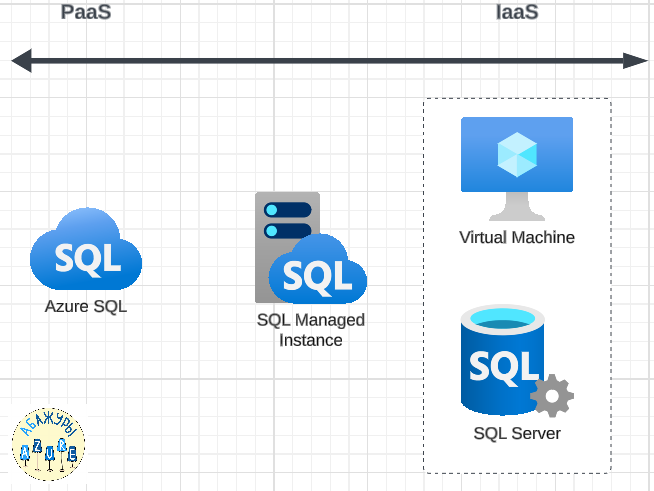Member-only story
SQL in Azure — PaaS vs. IaaS
Architects often choose between Infrastructure-as-a-Service (IaaS) and Platform-as-a-Service (PaaS). Not delving into the details, IaaS vs. PaaS is like choosing between “changing the car’s oil and filters by myself” and “driving to the official dealer.” The first option implies greater freedom of action (install a nitro package, why not) followed by more significant responsibility. On the flip side, the second option is delegating responsibility, followed by staying within certain boundaries. With this in mind, you see how using a “PaaS service” will likely leave more time to drive the car.
Cloud providers offered IaaS solutions initially, such as virtual machines (VMs). However, it became clear that small and medium-sized businesses are often short of money for software development and infrastructure maintenance. Time is also a costly resource as it’s essential to be early-to-market. PaaS solutions came into play to satisfy the demand. They delegated responsibilities to cloud providers, allowing teams to focus on development and saving valuable time. In this article, I want to review modern Azure SQL Server offerings so you’d better understand the differences between PaaS and IaaS by examples.
SQL Server on VM (IaaS)
If you’ve worked in IT for over five years, you likely saw this solution because almost everyone followed it. Having a virtual machine, we installed a full-fledged SQL Server and leveraged the complete database features list, including SQL Jobs, SSRS, SQL Aliases, Windows AD, etc.
If we go this route, we must set up two additional processes. They are:
- SQL Administration.
- VM Administration.
I often see how these responsibilities blur within the team; ultimately, no one takes responsibility for them. As a result, security patches are not applied on time, the SQL Server version is outdated, and failover still needs to be addressed. Moreover, things like access management, backups, and networking require attention too. In short, hiring a full-time SQL Server specialist is a superior idea.

Azure SQL (PaaS)
As I mentioned, we delegate a portion of responsibilities to the provider. For example, we can forget the virtual machine’s…
